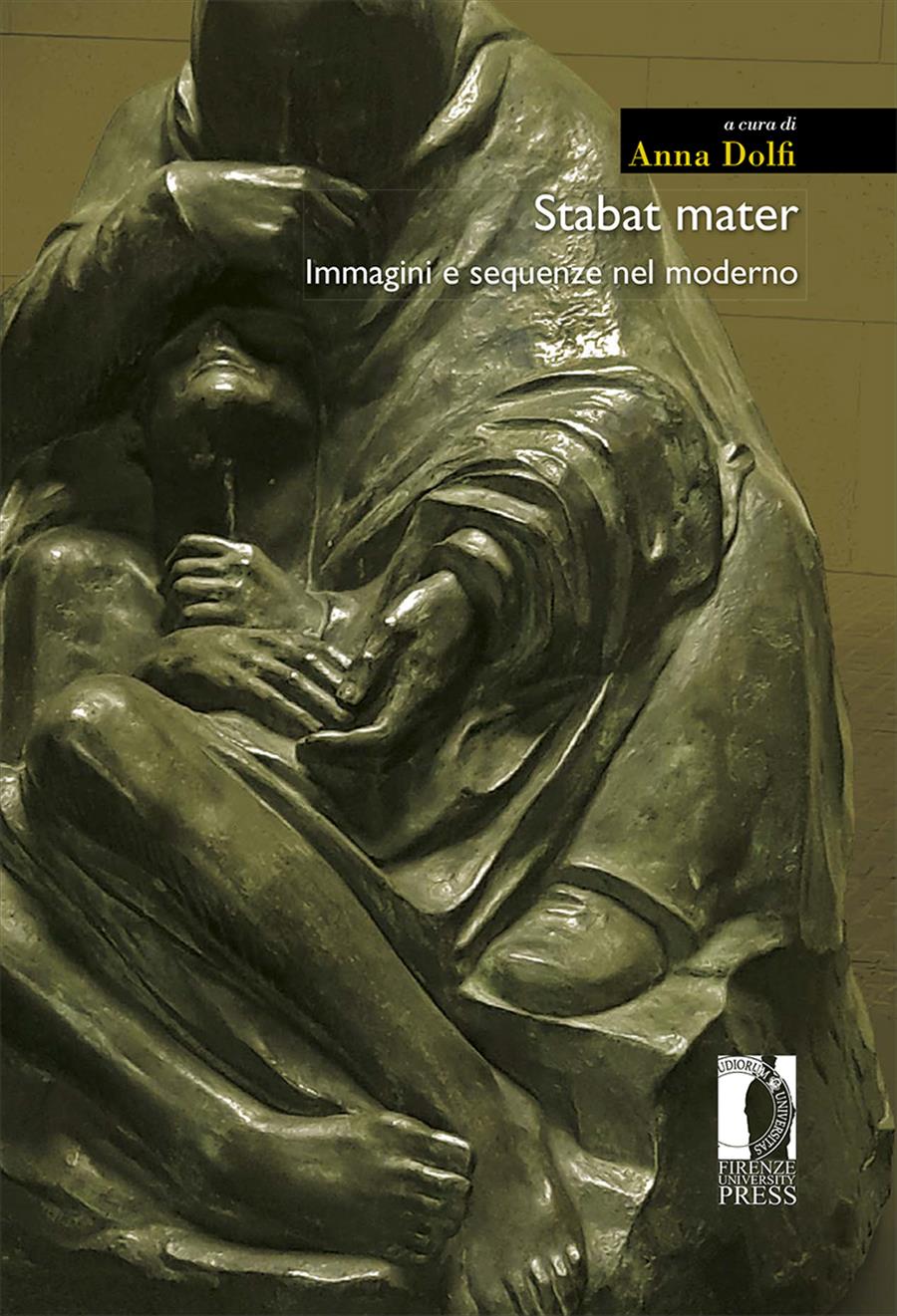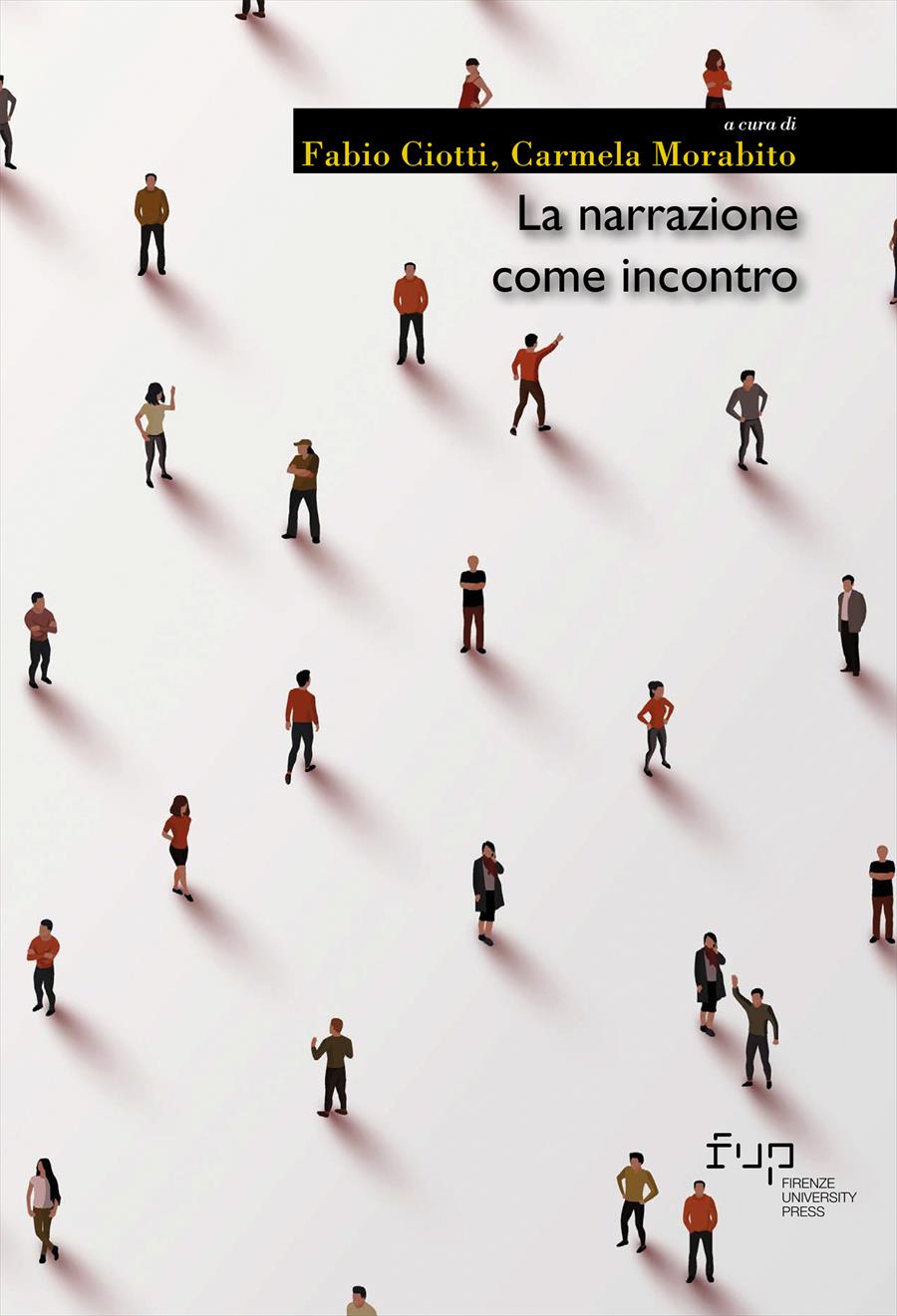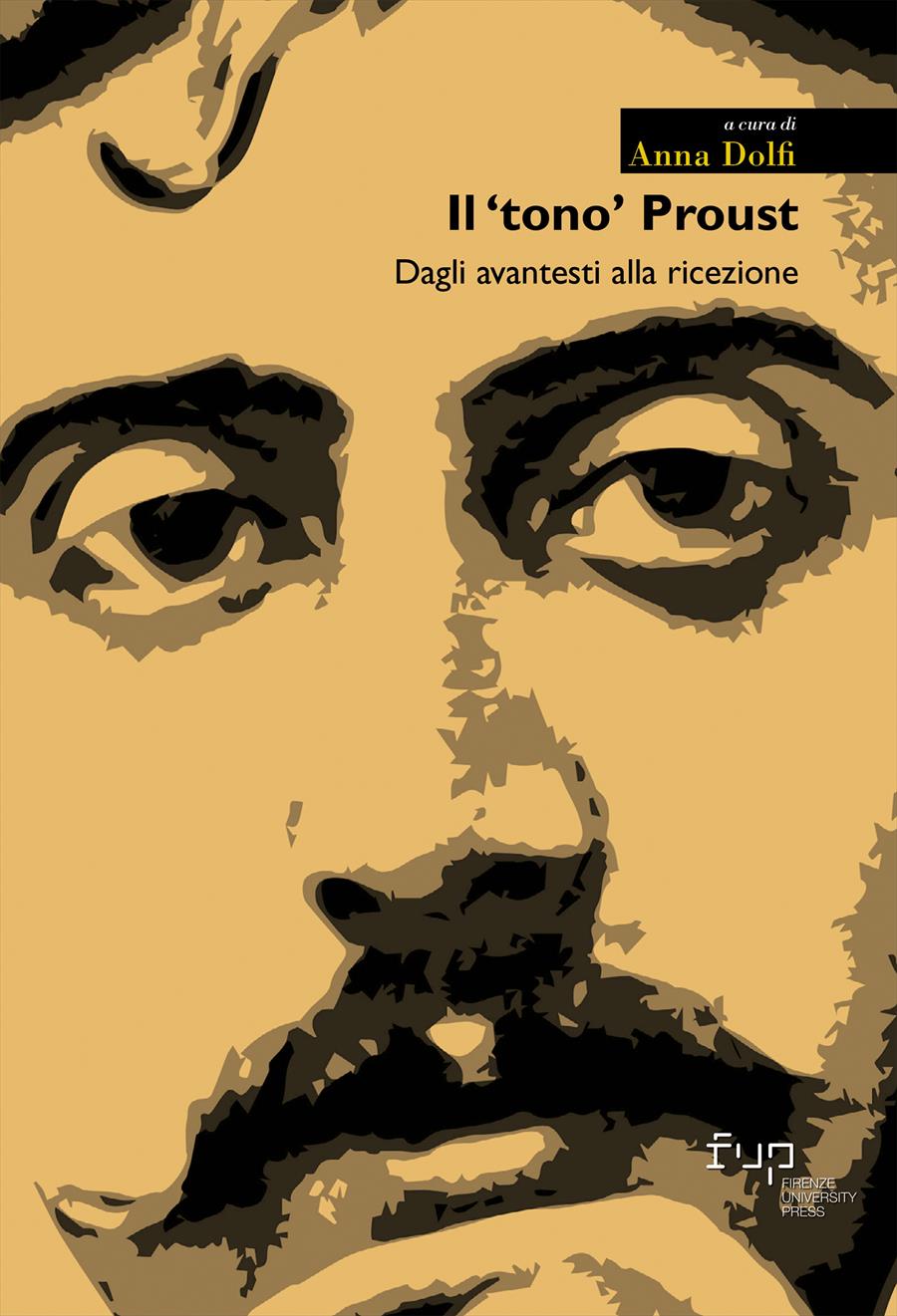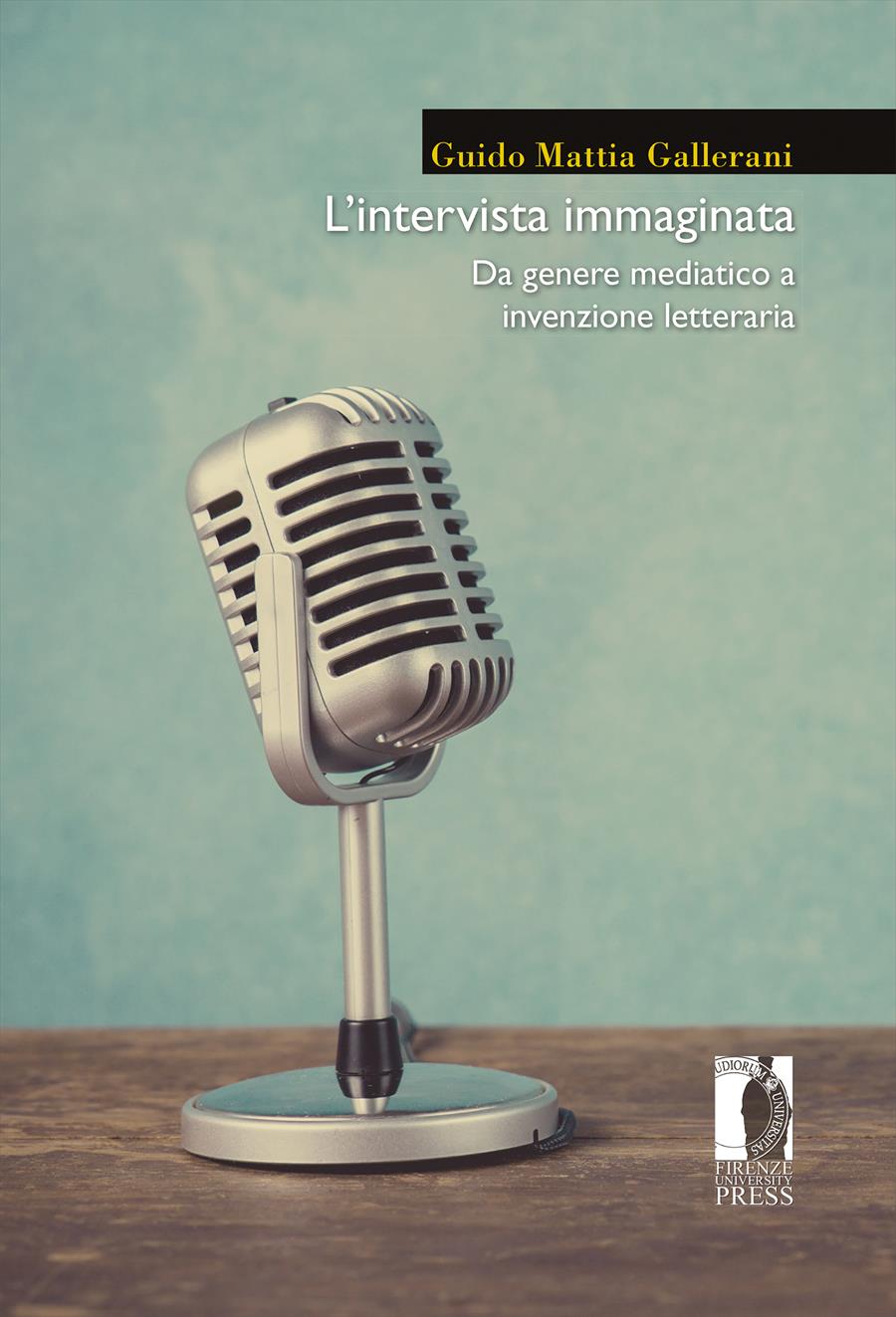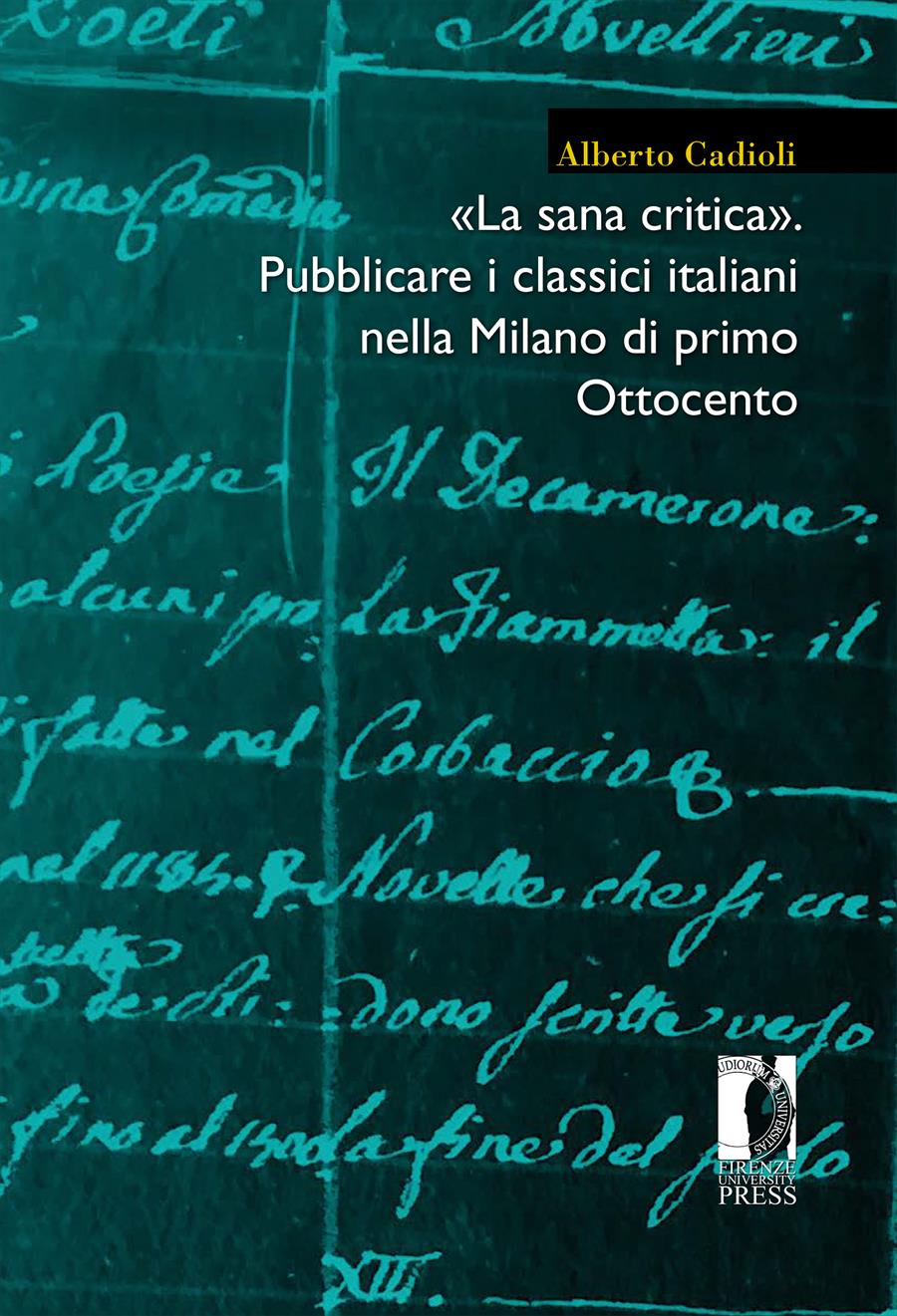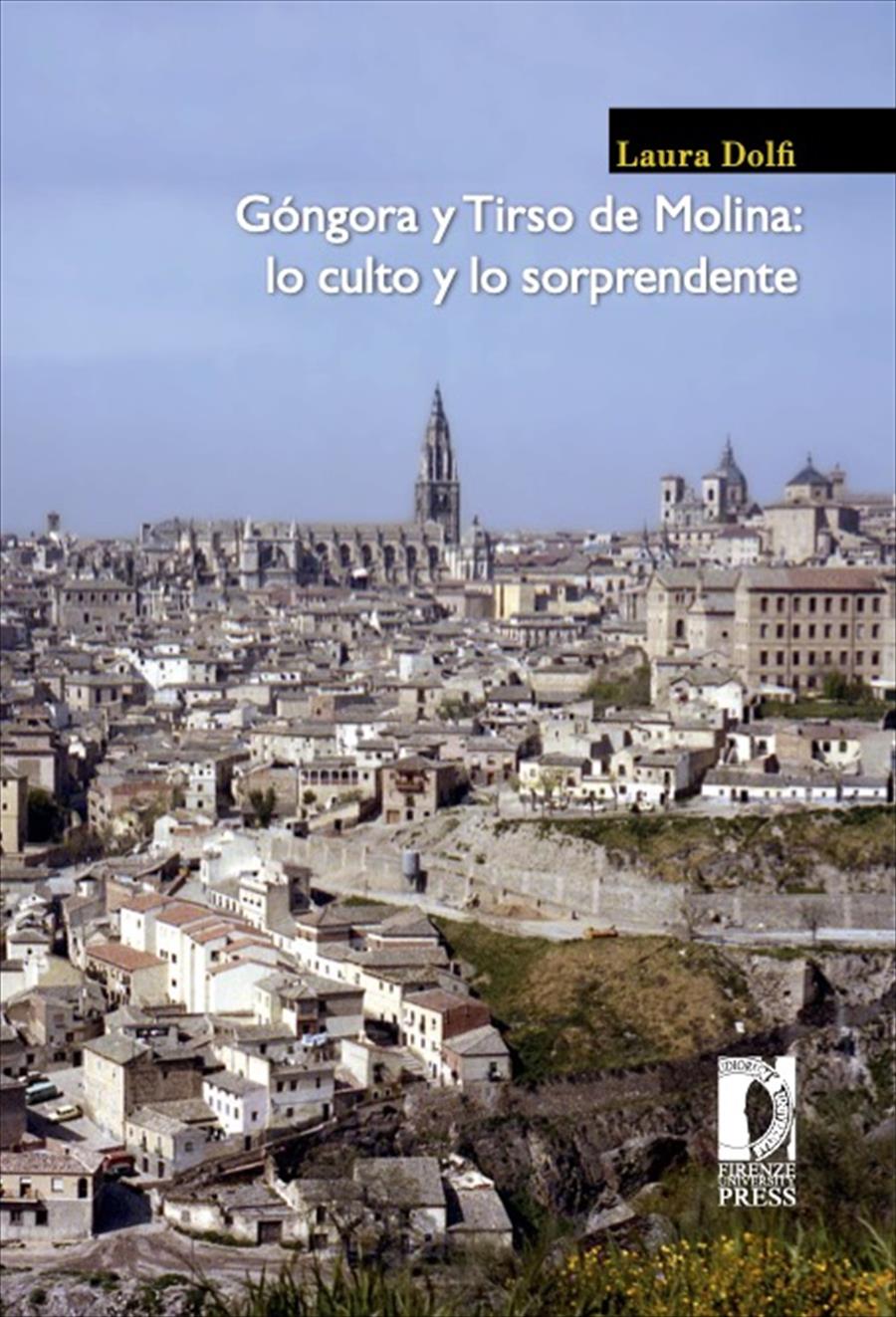Stabat mater
Immagini e sequenze nel moderno
- Edited by:
- Anna Dolfi,
The Stabat mater, like few other objects of thematics, analyzes the same posture translated into different languages, it tracks the evolution and persistence of a gesture that gives voice to the unacceptability of loss and the immobile duration of pain. From the mères en deuil of the classical antiquity to the fainting of Mary beneath the crucifixions that have marked the history of art - from Jacopone da Todi, from Giotto degli Scrovegni until today, stone and marble reliefs, wooden panels, frescoes, stained glass windows, engravings, tempera, oils, manuscripts, writing, alongside the melodies of Palestrina, Vivaldi, Scarlatti, Pergolesi, Boccherini, Rossini - countless works have re-proposed the figure of the grieving mother. In this book we have tried to record the constancy and the alterations of the topos, highlighting the differences that exist between verbal, musical and visual expressions in relation to the changing times, the reversal of the role. If narrative, especially the Italian one, is present with Manzoni, Fogazzaro, D'Annunzio, Gadda, Vittorini, Pavese, Dessí, La Morante, Calvino...; poetry with Gatto, Jaccottet, Szymborska, Merini, Yves Bichet... how intriguing, in this complex volume conceived and edited by Anna Dolfi, is the attempt to move on almost border lands, making the cinema (Pasolini) and architecture speak, making music interact with literature and opera librettos, intertwining soundtracks with celebrated movies, giving figurative models to photography (through the shots by Letizia Battaglia). Poetic texts by De Signoribus and Vegliante, brought back to the theme on this occasion, keep together a research that questions itself on models and typologies, also showing the existence of a further recent role reversal, an unprecedented one, which wants the son’s pietas to pose next to the mother.
- DOI: 10.36253/978-88-6453-688-0
- Series: Moderna/Comparata
- Scientific Board
- Language: Italian
- Subjects: Linguistic
University of Florence, Italy - ORCID: 0000-0003-3535-1313
- Publication Year: 2018
- Pages: 472
- eISBN: 978-88-6453-688-0
- Content License: CC BY 4.0
- © 2018 Author(s)
- Publication Year: 2018
- Pages: 472
- ISBN: 978-88-6453-687-3
- Content License: CC BY 4.0
- © 2018 Author(s)
Bibliographic Information
Book Title
Stabat mater
Book Subtitle
Immagini e sequenze nel moderno
Editors
Anna Dolfi
Peer Reviewed
Number of Pages
472
Publication Year
2018
Copyright Information
© 2018 Author(s)
Content License
Metadata License
Publisher Name
Firenze University Press
DOI
10.36253/978-88-6453-688-0
ISBN Print
978-88-6453-687-3
eISBN (pdf)
978-88-6453-688-0
eISBN (epub)
978-88-6453-689-7
eISBN (xml)
978-88-9273-175-2
Series Title
Moderna/Comparata
Series ISSN
2704-5641
Series E-ISSN
2704-565X
